Toad lilies are known for their very unique flowers. Flowers are pale lilac with dark purple spots that appear on upright arching stems late summer to early fall when many other plants are beginning to wind down. Though flowers are quite unique, they are small so place toad lily in a spot where the flowers can be appreciated up close. The plant grows 2' to 3' high and about 2' wide with bright green leaves.
They are excellent for the woodland garden as understory plants where they will be protected by shade. Toad lily is easy to grow, resistant to deer, somewhat drought tolerant, but grow best in moist soils and will even tolerate wet conditions. Several cultivars with varying flower colors are available. Phlox Volcano® is more compact, fragrant, and powdery mildew tolerant than other garden phlox types.
Flower colors range from red, pink, ruby, white, lavender, and purple; flowers may also have eyes of pink, red, or white or are bicolored such as with Lilac Splash. It doesn't mind most soils, but needs well drained soil; irrigate with soaker or drip irrigation to keep foliage dry. It also works well in native plant gardens, wild gardens, meadows, naturalized areas, perennial borders, and cottage style gardens. Butterflies and hummingbirds are attracted to the colorful, fragrant flowers.
Switchgrass is native throughout North America and is a dominant species of the tallgrass prairies. It doesn't mind most soils and actually grows well in wet and dry locations. Full sun is the best exposure for switchgrass, but it will grow in part shade; too much shade or rich soils may result in floppy plants. Switchgrass is a warm-season perennial, growing largely as a bunchgrass 3 to 6 feet tall, but may spread by rhizomes or self-seeding.
Flower panicles are open, lacy sprays, with a purplish tint that persist into the winter. Once established, switchgrass is very drought tolerant. It is grown as an accent, in groups or masses and can be effective as a screen. It also works well in native plant gardens, wild gardens, meadows, naturalized areas, as well as rain, water, and bog gardens. Indian pink, also called woodland pinkroot and pinkroot, is a native species to the Southeastern U.S. It is an excellent plant for shady gardens.
Indian pink is an upright, multi-stemmed clump forming perennial 1-2 feet tall and 1 ½ feet wide with bright, glossy green leaves. Numerous flowers appear in late spring/early summer and are tubular, deep red with a contrasting yellow throat that flares at the tip to form five pointed lobes . Indian Pink grows in part shade to full shade in moist soils, but does really well in full sun and is quite drought tolerant once established.
A popular mid-summer bloomer, Moonbeam Coreopsis bears hundreds of small, soft yellow flowers.Astilbe . Astilbe stands out among the longest flowering perennials. Besides being super easy to grow, they thrive in both sunny and shaded gardens, and have feathery flowers that offers months of graceful color. And speaking of color, the blooms can be white, lavender, purple, bubblegum, deep pink, apricot, or red, often with bronze or purple foliage as well.
The plants form tidy clumps with the flower plumes emerging in early to mid summer and persisting into winter. The plants do appreciate ample moisture and regular watering in dry summers can prolong the blooming period. Outstanding cultivars include 'Bridal Veil', 'Pumila', and 'Fanal'.
Walker's Low Catmint was the Perennial Plant of the Year in 2007 and is an easy to grow, pest free perennial. This hybrid Nepeta develops into a mound of aromatic, grayish green foliage. Lavender-blue flowers appear in spring and continue to bloom if properly pruned by trimming after initial flowering.
It also tolerates some shade, dry, rocky soil, and is quite drought and deer resistant. Variegated sage green, gold and lime foliage are found on this compact euphorbia that is perfect for containers or a central spot in the perennial garden. Evergreen and drought tolerant, chartreuse yellow flowers with red tips appear in late spring and early summer.
This euphorbia looks amazing from spring through fall and even in winter when the plant changes color, getting tinges of pink, red and orange on the leaves. This plant is easy to grow and resistant to disease and pests. Interestingly flowering in succession from top to bottom over 4 weeks and more, its button-shaped, purple, rosy red or white flowers resemble blazing stars . Attractive to bees, butterflies and hummingbirds, this beautiful native American enjoys a long season of interest from mid summer to fall and supplies winter bird food. The narrow, opposite leaves stay attractive all summer and turn a rich bronze in fall. Easy to grow and low care, Liatris spicata adds a strong vertical accent in sunny borders or prairie gardens.
It helps create outstanding combinations with the warm golds of Rudbeckia or the purple blossoms of Echinacea. Rudbeckia 'Goldsturm' is one of the most popular perennials of all time. The brilliant gold flowers bloom for months and are beloved by pollinators and beneficial insects.Purple Flame Grass (Miscanthus sinensis 'Purpurascens', zones 3 to 9). Maiden grasses add striking form and texture to the perennial border all summer long. By late summer, many cultivars produce soft, feathery plumes that emerge above the narrow foliage.
Purple Flame Grass is a medium-sized maiden grass, growing three to four-feet tall with foliage that turns from bright green to fiery reddish-orange in early autumn. The attractive plumes are silvery-white and persist on the plants throughout winter. Plant it in a sunny site with well-drained soil. Pruning is only necessary in early spring when the dried foliage and flower stems from the previous season are cut back before the fresh growth emerges. Blooming profusely from mid summer through early fall, they are borne atop sturdy stems and literally cover the foliage of lance-shaped, deep green leaves.
Their joyous color range is fairly limited - from yellow to orange-yellow - but they differ in height and habit. Extremely easy to grow, they look stunning next to the cool blue colors of Geranium, purplish Asters or the soft tan ornamental grasses. This lovely tall salvia produces large, deep blue flowers on long green stems from mid-summer to frost.
Reaching 6 feet tall, Salvia guaranitica is perfect for garden beds and borders, cutting gardens, containers and for attracting hummingbirds and butterflies. Preferring moist and well-drained soil it is also drought tolerant and low maintenance once established. Salvia 'Amistad' is a recently introduced Salvia guaranitica that is receiving acclaim.
More compact in stature, it has dark purple flowers that emerge out of a nearly black calyx. 'Black and Blue' is another very popular variety. A very easy to grow and drought tolerant plant that blooms profusely in the garden from spring to fall. Leaves are hairy, grayish green and flowers are sunflower-like surrounded by tubular red and yellow petals, flaring at the tips like trumpets. Gaillardia 'Fanfare' is compact in habit and is enjoyed by butterflies and bees.
This plant looks great planted in containers or perennial borders. Consider planting them in the perennial garden next to blue flowering plants, which really enhances their warm, earthy tones. Pincushion flowers are long-blooming and compact perennials with gray to green leaves.
The name was derived from the flower's cushion-like center and pin-looking stamens, which resemble that of a pincushion. The beautiful pincushion flower comes in a wide range of colors, but most varieties come in blue, purple and white shades. The unique blossoms will take place usually from late spring, summer and fall seasons. This plant grows up to 1 or 2 feet in height and prefers medium, well-drained soil in full sun.
Native to America they are well adapted to many soil types. Butterfly milkweed, Asclepias tuberosa, is the most popular of Asclepias species with bright orange to yellow-orange flowers on upright stems growing 1 to 3 feet tall. In fact, butterfly milkweed has been named the Perennial of the Year in 2017 by the Perennial Plant Association. Milkweeds in general grow in average, dry to medium, well-drained soils in full sun and are very drought tolerant and have no serious pest problems. Grow in native plant gardens, wild gardens, meadows, naturalized areas, perennial borders, and cottage style gardens.
Adding striking colors to the garden in early or mid summer, Tanacetum coccineum is a fabulous perennial. Wide daisies with a large central golden disc, elegantly contrasting with the white, red, purple or pink rays. They last over a very long season to the delight of butterflies but also repel insects, helping to keep your garden pest free!
They rise above a strongly-aromatic foliage mound of soft, finely-divided, fern-like bright green leaves which remains attractive after blooming is over. Finally, Painted Daisies have always been popular as cut flowers thanks to their sturdy, straight stems that prolong their blooms' life in a vase. Boltonia, also called false aster, is a perennial wildflower that produces ray-like flowers surrounding a yellow center. Its sturdy stems, narrow leaves, and dozens of white flowers resemble that of asters.
They bloom from late spring until fall and prefers moist soil under full sun. Like many wildflowers, they are easy to grow and needs low maintenance. When in bloom during spring and summer, catmint (Nepeta spp.) becomes the star of the garden. The whole plant becomes covered with wands of rich blue flowers that stand up to heat and drought. Plus, after they finish blooming, you can shear the plant back by a third of its height and it'll bloom again in the late summer and early fall. Taller varieties that reach 3 feet high make excellent planting partners for roses, peonies, or ornamental grasses.
Place shorter catmints that grow just 12 inches tall at the edge of your garden beds. Add color and fragrance to your flower borders with Oriental lilies (Lilium spp.). These spectacular plants produce bouquets of richly scented flowers from mid to late summer.
Colors include pink, rose, white, pale orange, and cream. Oriental lilies are easy to grow from bulbs planted in the spring or fall. Some of the taller varieties might require support in windy locations, so set stakes in the ground while the plants are young. The exquisite blooms make excellent cut flowers, but be sure to remove the stamens to avoid staining your clothes. Dig and divide the bulbs every few years in the fall to keep the plants vigorous.
Attract beneficial bees and beautiful butterflies to your landscape with the bright colours and daisylike features of coreopsis. They make sensational cut flowers that round out summery arrangements nicely. It adds a unique texture in the garden with its 4-petaled, pink tinged or white, 1 in. Long (2.5cm), butterfly-like flowers borne at the top of the airy spikes.
Enjoys a long blooming season, typically from early summer into fall. Forms a lovely vase-shaped clump of erect or arching, densely clustered wand-like stems. Tolerates drought, heat, humidity, partial shade and dry soils. Deer and rabbit resistant, Gaura attracts butterflies and hummingbirds.
A favorite for cut flowers and arrangements, Baby's Breath also deserves a place in the landscape. Its airy clouds of white or pink tiny flowers add both contrast and texture to the perennial border from early summer to fall. Their billowy appearance is most attractive and has a softening effect on the surrounding plants.
Vigorous, carefree, good-looking, with a season of interest lasting more than 6 months, who could resist? Gradually, these densely clustered buds reveal tiny, star-like flowers, in shades of white, pink or red, in late summer or early fall. As the weather cools, their colors grow deeper and richer. Both foliage and dead inflorescences remain attractive through winter, providing some additional interest. The flamboyant, rich blue flowers of Centaurea montana, known as Mountain Cornflower or Bachelor's Button, are pretty additions to the garden. This attractive perennial plant features showy blue, fringed flowerheads, 2 in.
The foliage consists of simple or lobed, silvery green leaves. An old-fashioned, garden favorite that adds brilliant color is the rose campion. This plant grows up to inches tall and spread up to inches. It thrives in full sun and enjoys well-drained soils.
Growing wild in the American prairies,blazing star (Liatris spp.) is also a top pick for hot, sunny gardens. The plants don't mind heat and drought, and come in pink, purple or white flowering varieties. Blazing star forms a clump of narrow leaves that are topped in mid to late summer by 2-foot-tall spikes of bloom.
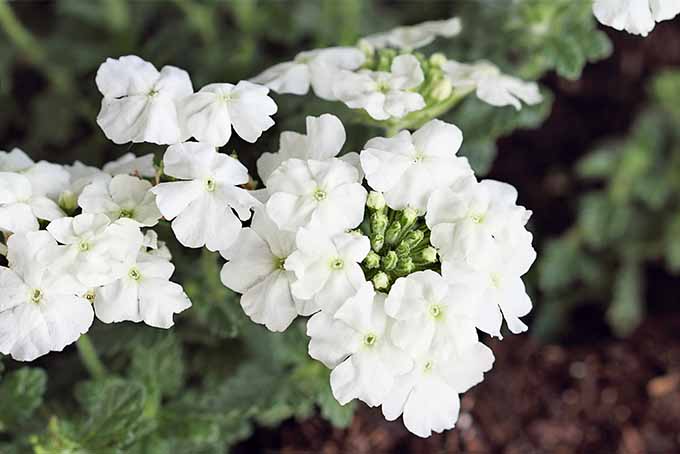









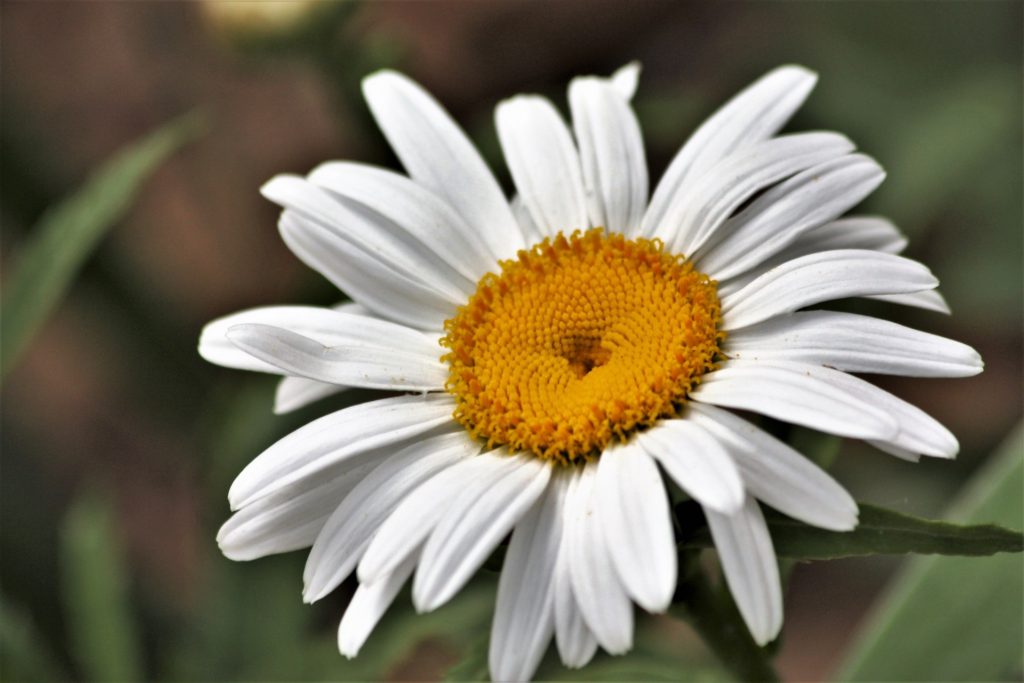



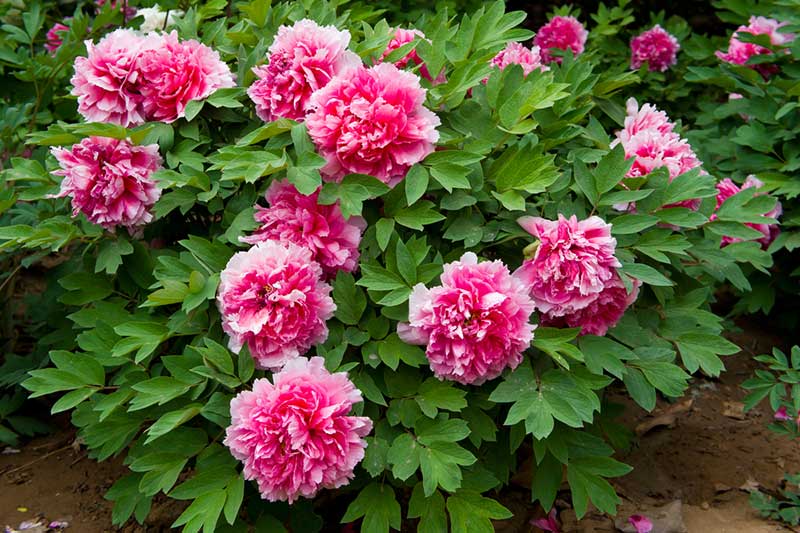



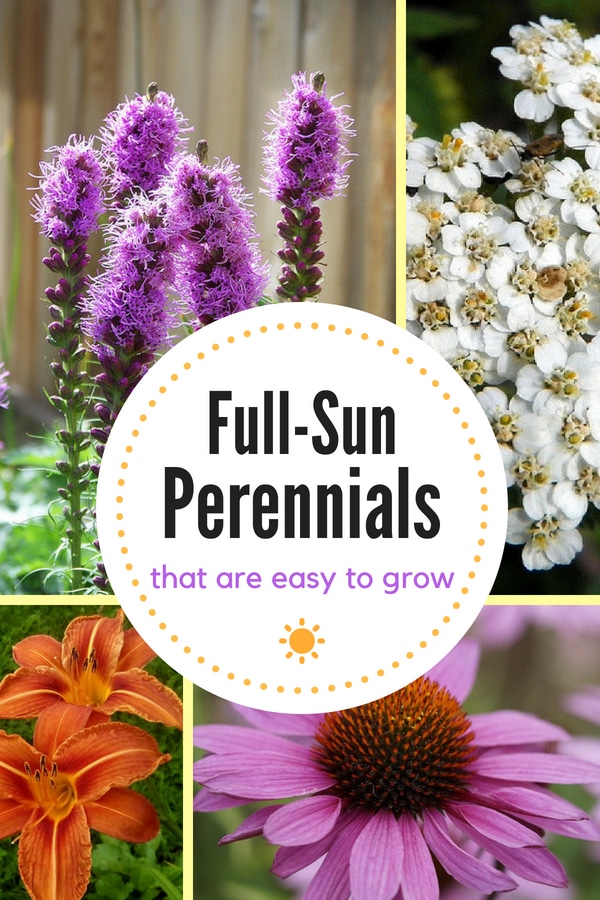
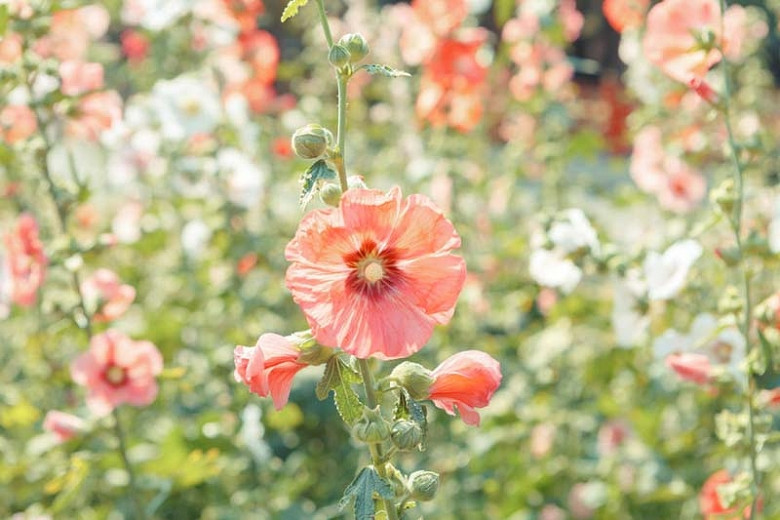

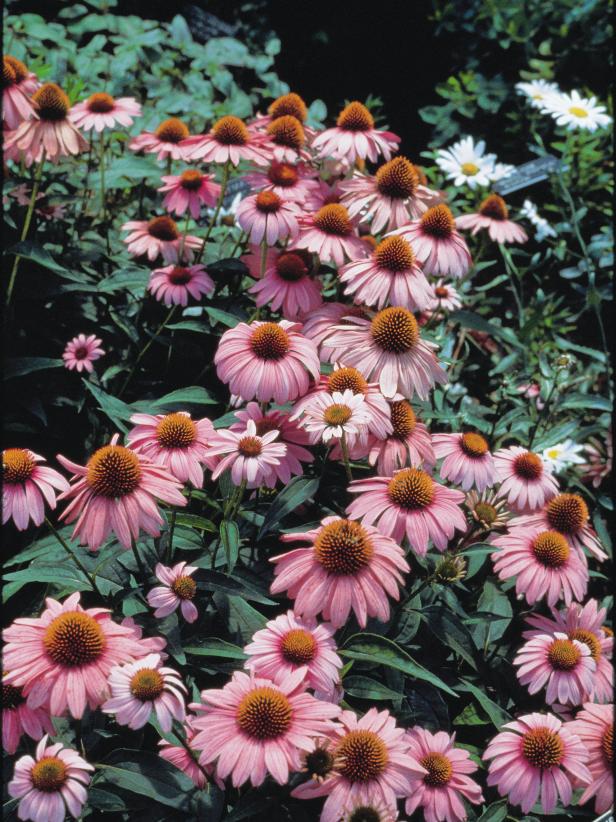

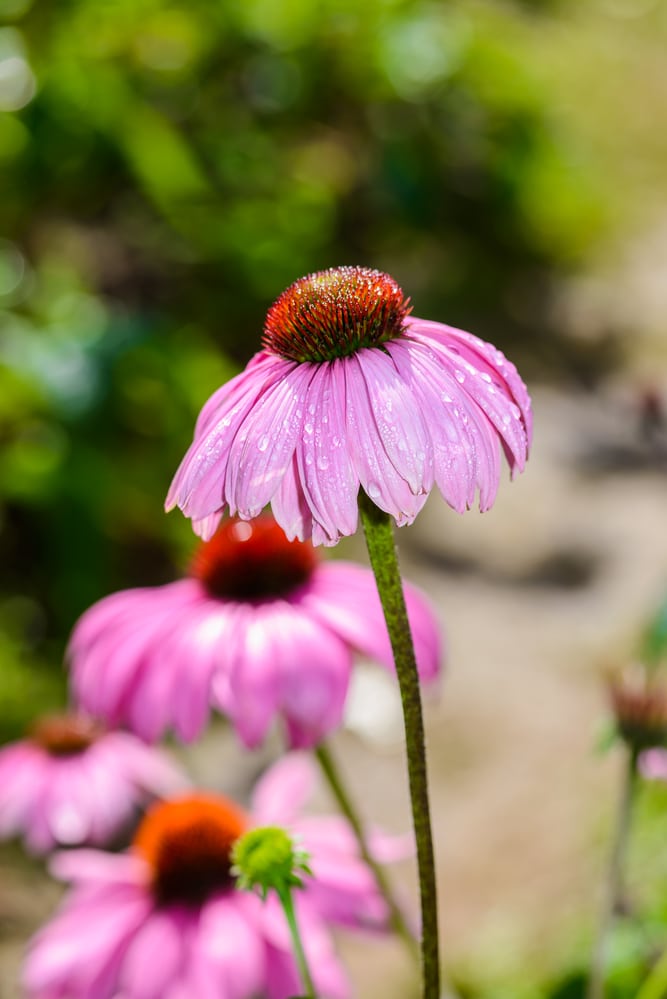

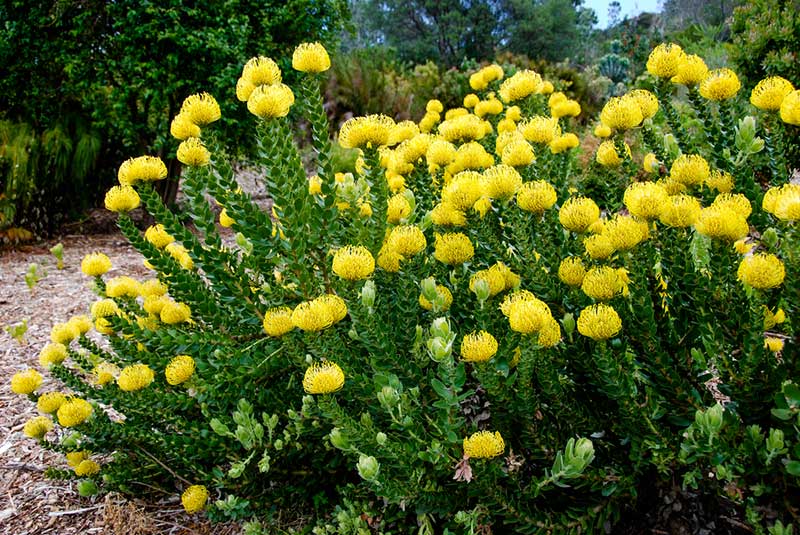


No comments:
Post a Comment
Note: Only a member of this blog may post a comment.